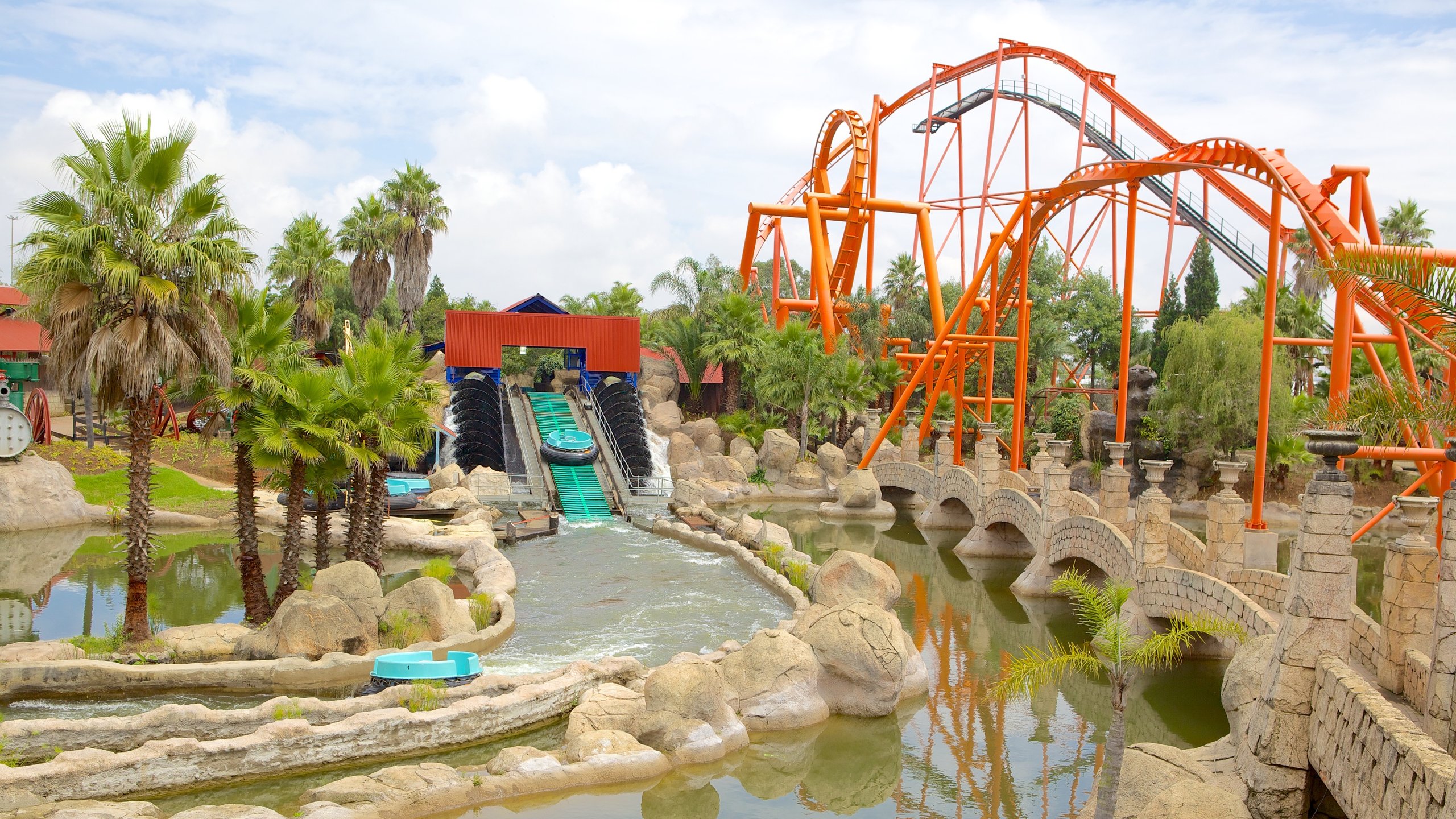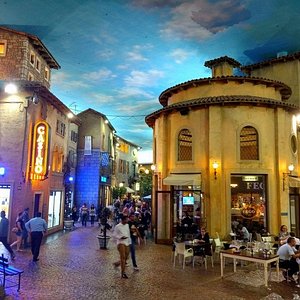The Of Johannesburg North Attractions
The Of Johannesburg North Attractions
Blog Article
The 25-Second Trick For Johannesburg North Attractions
Table of ContentsThe Johannesburg North Attractions PDFs3 Easy Facts About Johannesburg North Attractions Described5 Simple Techniques For Johannesburg North AttractionsThings about Johannesburg North AttractionsThe Johannesburg North Attractions IdeasJohannesburg North Attractions Can Be Fun For EveryoneThe Single Strategy To Use For Johannesburg North Attractions
Nonetheless you must maintain safety in mind and travelers need to continue to be sharp whatsoever times when in unfamiliar environments. Talk to the citizens when you remain in town to locate out regarding the location you are remaining in. Johannesburg North attractions. When on the road (this doesn't put on buying malls and other safe atmospheres) best basic recommendations is to attempt your best to resemble a regional and to avoid displaying any type of form of wealth
Excitement About Johannesburg North Attractions
Teacher Revil Mason O. J. (Thomson, 1946) discovered the Witwatersrand's pre-colonial background. His historical job exploded the 'em pty land' myth, according to which the area was devoid of human habitation before the arrival of European settlers. In his publications Prehistory of the Transvaal: A Document of Human Activity (1962) and Origins of Black People of Johannesburg and the Southern Western Central Transvaal Advertisement 3501880 (1986 ), Teacher Mason showed the degree of social and economic development in the location before Europeans established foot here.

Johannesburg North Attractions - The Facts
In 1878, David Wardrop located gold in quartz capillaries at Zwartkop, north of Krugersdorp. In 1881, Stephanus Minnaar came across gold on the farm Kromdraai, near the Cradle of Humankind.
In March 1886, an outcropping (quickly to be called the Main Coral reef) was discovered, fairly fortuitously, on Gerhardus Oosthuizen's farm Langlaagte. Some say that the Lancastrian coal miner George Walker found this reef. An additional travelling English miner, George Harrison (that had previously worked in Australian mines) acquired a prospecting licence in respect of Langlaagte in Might 1886.
He chose to proceed in a mission for greener fields, and disposed of his Langlaagte case for the princely amount of 10. Alas: under lay the wealthiest goldfield ever found. The discovery of this rich auriferous coral reef prompted a gold rush that indicated the end of bucolic serenity in the southerly Transvaal.
It would certainly, within six years, become the biggest town in southern Africa. Within a decade, it would certainly make the Z. A. R. till then an anarchical and insolvent little state the most affluent country in Africa. By the turn of the century, the Z. A. R. was to surpass Russia, Australia and the USA of America to come to be the world's leading gold producer, creating even more than a quarter of the globe's gold.
8 Easy Facts About Johannesburg North Attractions Described
It was called Ferreira's Camp, called after Colonel Ignatius Ferreira. He was a Boer traveler upon whom the British authorities had presented the condition of Companion of the Most Identified Order of St Michael and St George (entitling him to the post-nominal letters C. M. G.) in appreciation for his duty in the war that had actually deposed the Pedi king Sekhukhune in 1879.
Two various other camps were established: Meyer's Camp on the ranch Doornfontein, and Paarl Camp. The latter was nicknamed Afrikander Camp; several people from the Cape Swarm worked out there.

Johannesburg North Attractions Fundamentals Explained
This name got currency by word of mouth, such that the State Secretary verified the name to the Mining Commissioner on 9 October 1886. Stands in the village were auctioned on 8 December 1886. While some stands were sold for 10, others were torn down for just sixpence.
2 years later, these have a peek at this site erven were to change hands for as long as 750 each. The tented camps decreased as a dorp of corrugated iron buildings created and broadened north of the mines located along the Main Reef Road. Locations such as Jeppe's Town (where working-class immigrants erected their residences) and Doornfontein (where the wealthy new 'Randlords' started to create their extravagant homes) were quickly included in the ever-expanding map of the community.
Johannesburg North Attractions Fundamentals Explained
Apart from the street names, there were no indicators of Johannesburg being located in a Dutch-speaking country. Years later on, C. W. Kearns O. J. (among the initial children signed up at St John's College in 1898) would recall: 'A weird reality concerning Johannesburg was that, although it was in the [Boer Republic], nearly every person browse around this web-site talked English and also the Federal government slaves addressed one in English, unless they were very first attended to in the look here Taal (or Reduced Dutch)'.
Thus, Britain had a rate of interest in making sure optimal conditions for gold production on the Witwatersrand, which the gold was exported to London instead of Berlin a necessary provided even more clamant by the Z. A. R - Johannesburg North attractions.'s increasing toenadering with Germany. Mine proprietors were on a collision program with President Kruger, whose plan of monopolistic concessions (often provided to his cronies) avoided mining business from obtaining products of materials (especially dynamite) and work by themselves, more affordable terms
Johannesburg North Attractions Fundamentals Explained
In 1890, the Volksraad had restricted the franchise to white men that had actually resided in the Z. A. R. for fourteen years or longer, hence invalidating the majority of the immigrants (who took place to be the significant contributors to the fiscus). Agitation for the ballot was a plain pretense for promoting a different agenda; many uitlanders regarded themselves as short-lived visitors and had no purpose of continuing to be in the Z.
Report this page